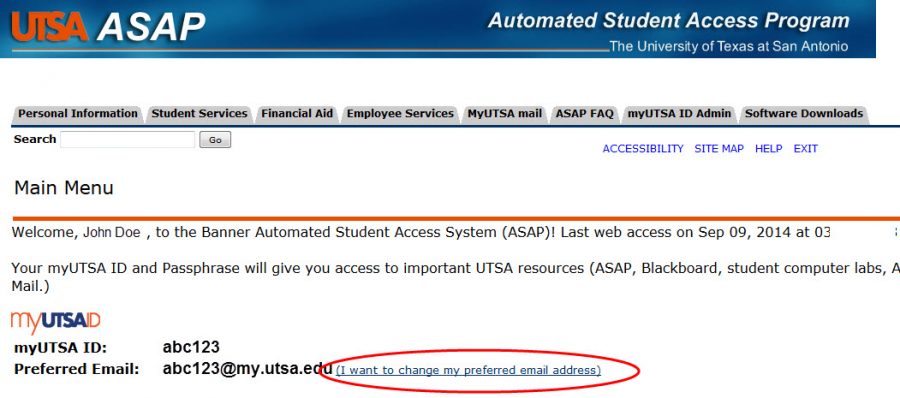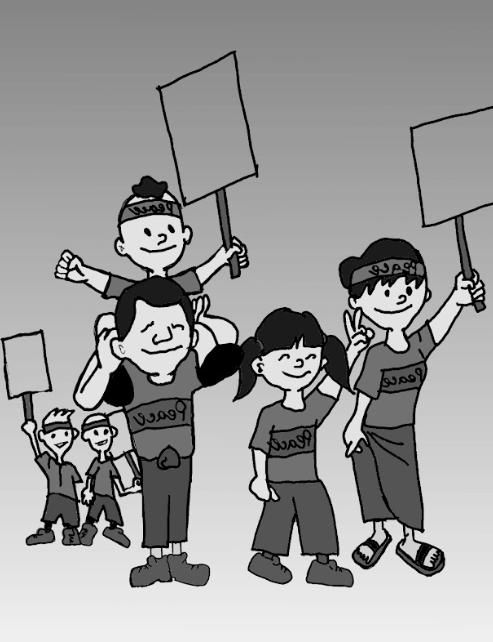UTSA is a fast-growing university seeking to support a large community of students in the future. In December of 2018, UTSA’s Office of Institutional Research (OIR) reported an enrollment of 32,101 students for Fall 2018, an increase of 4.7 percent, marking the highest enrollment count in the university’s history. President Eighmy told the Rivard Report that UTSA hopes to enroll 45,000 students by 2028. However, to sustain this growth the university must make substantial changes to ASAP, the current registration system.
Each year, students laboriously plan out their schedules through ASAP before registration opens, but when doing so they are met with a lack of available classes. Many upper division courses have one section available, causing students to fight for a spot. For example, the Intro to Health Communication course, which is an introductory course in the new Communication concentration, has a 35-seat limit, 35 seats filled and 36 students on the waitlist. The ASAP system has experienced failures and technical overloads with each semester’s registration at every level, causing many students to lose access to courses they need to complete their degree. “Finish in Four” is a great slogan, but if the university does not offer enough courses, students must push back their graduation date. If UTSA wishes to retain and serve over 32,000 students, the university must act now to expand course availability and improve the flawed and outdated registration system.
In 2014, the Ponemon Institute ranked UTSA as having the number one cybersecurity program in the country, evidence that UTSA has a technologically advanced academic program. Why is the basic registration hub not reliable? UTSA has increased availability in the on-campus housing development Chapparal Village by transitioning 48 rooms into double occupancy rooms in January 2019. This change reduces on-campus housing costs for this residence hall by 40 percent. This change provides more incoming students with affordable access to a college education. Affordable on-campus housing is an attractive ammentity, but what is more essential is the availability of classes. Students need an affordable place to sleep, but if there are not enough classes to attend, this change is counterproductive.
UTSA is growing: expanding athletics, housing, the downtown campus and STEM programs. Now it’s time to expand what matters most–academic offerings. Students cannot wait for the courses they need if they plan to “finish in four”. Add sections. Improve ASAP. Give students a system that works.













